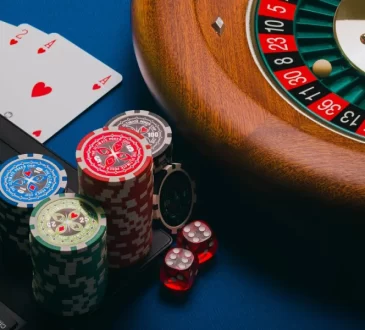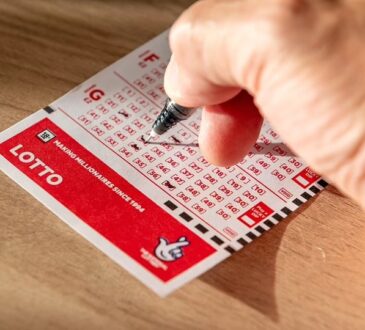Role of luck vs skill in online baccarat results

Baccarat is the most popular casino game globally, loved for its simple rules, fast gameplay, and lower house edge compared to many other table games. A quick primer on baccarat if you’re new to the game. The objective is simple – predict which hand between the player and banker will be closer to 9. Numbered cards are worth their pip value while face cards and 10s are worth zero. Hands cannot exceed a value of 9, so a 10 and a 5 would equal just 5 points. There are only three possible bets in baccarat: player, banker, or tie. Most casino versions feature a 5% commission charged on winning banker bets to offset the statistical edge held by the banker’s hand. With optimal play, the house edge is just 1.06% on banker bets and 1.24% when betting on the player.
In baccarat, players do not make strategic playing decisions that influence the outcome. The drawing rules are predetermined based on strict point count guidelines. Whether to take a hit depends solely on the initial two cards in a hand and its point total – the player cannot decide to stand instead, for example. The lack of decision-making means that dealing and drawing are where luck comes into play.
Managing risk to influence results
While baccarat players cannot actively apply strategic skills within a hand, betting strategies shape overall results. Handling bankroll management, utilizing side bets, and knowing when to adjust wager sizes falls onto the player. Their betting choices directly impact whether they walk away winning in baccarat. Bankroll strategy relies on intelligent risk management to weather the inevitable ups and downs of chance. Sticking to wager limits based on your overall bankroll ensures you have ample funds remaining to benefit during hot streaks. Side bets like perfect pair wagers also allow you to potentially win big in individual hands regardless of the player/banker outcome. And there is merit in adjusting main bet sizes mid-shoe as previous hands influence forecasts of trends to come.
Also known as sequence tracking, this strategy involves tracking cards dealt from the shoe to estimate trends and determine when one hand gains an edge over the other. Tracking identifies scenarios where the betting player has an almost 60% chance of winning based on the remaining cards. However, baccarat’s volatility and high commissions make it extremely difficult to win long-term. Casinos also commonly use 8-deck shoes with frequent re-shuffling to protect profits. So, while tracking holds some merit in swaying the odds, luck still predominates over calculated play.
House edge shows the game’s random nature
The low house advantages in 에볼루션 baccarat perhaps best demonstrate how results arise straightforwardly from random chance. Compare baccarat’s edges to a strategic game like blackjack – the house only holds a tiny 0.46% edge over optimal blackjack play. The player actively makes correct or incorrect decisions to increase or reduce their statistical advantage. In baccarat, the tiny edges remain fixed because no decisions alter the probabilities between outcomes. Over thousands and millions of hands, the banker will defeat the player just slightly more often simply due to chance. Luck determines results rather than good play. The consistent house edge epitomizes the game’s random nature.








